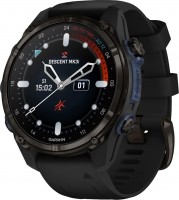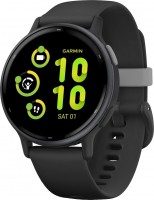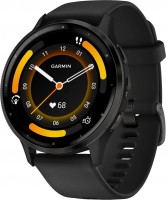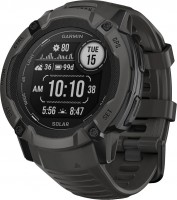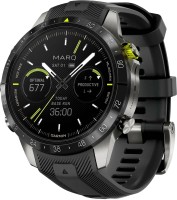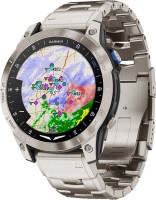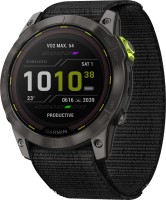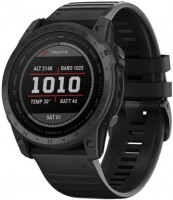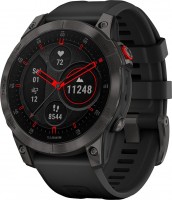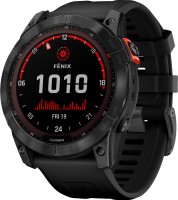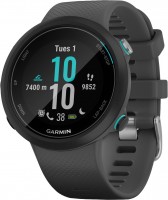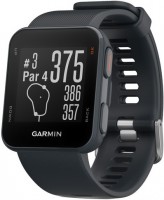Smartwatches & Trackers Garmin series Forerunner (for runners)
prices on 16 modelsGarmin Forerunner
Unlike technology giants that produce smartwatches for ordinary people, the American company Garmin prefers to produce highly specialized models for professional pilots, military, sailors, divers, athletes, marathon runners and triathletes. If running for you is not just a physical activity, but a lifestyle, then you will certainly be interested in Forerunner series watches.
 |
If conventional smartwatches are often limited to basic sensors for measuring heart rate or ECG, and built-in applications are more suitable for recording physical activity, then Garmin Forerunner watches go much further. In addition to collecting data on physical activity on a treadmill or on a bicycle, the Garmin Forerunner 745 conditional right during training measures VO2 max (the indicator of absorbed oxygen per minute of exercise), determines the aerobic and anaerobic effect of exercise, and then calculates the recovery time and readiness for the next workout.
And the flagship Forerunner 945 can draw a route, collect data on cadence, vertical fluctuations and even the time of contact of the foot with the surface, simultaneously determining the level of oxygen saturation in the blood and the effect of stress on the body. Then the Garmin Connect application collects all these data arrays and forms them into user-friendly graphs and diagrams.
In other aspects, Garmin is also ahead of the whole planet. Most models of the Forerunner series have transflective screens with excellent readability in the sun, the dials are covered with shockproof glass, internal memory allows you to fill dozens of running playlists into the player, and the list of built-in sensors includes a barometer, thermometer, GPS/GLONASS and gyroscope. Quite often, these watches are equipped with NFC modules for contactless payment using the Garmin Pay service.

